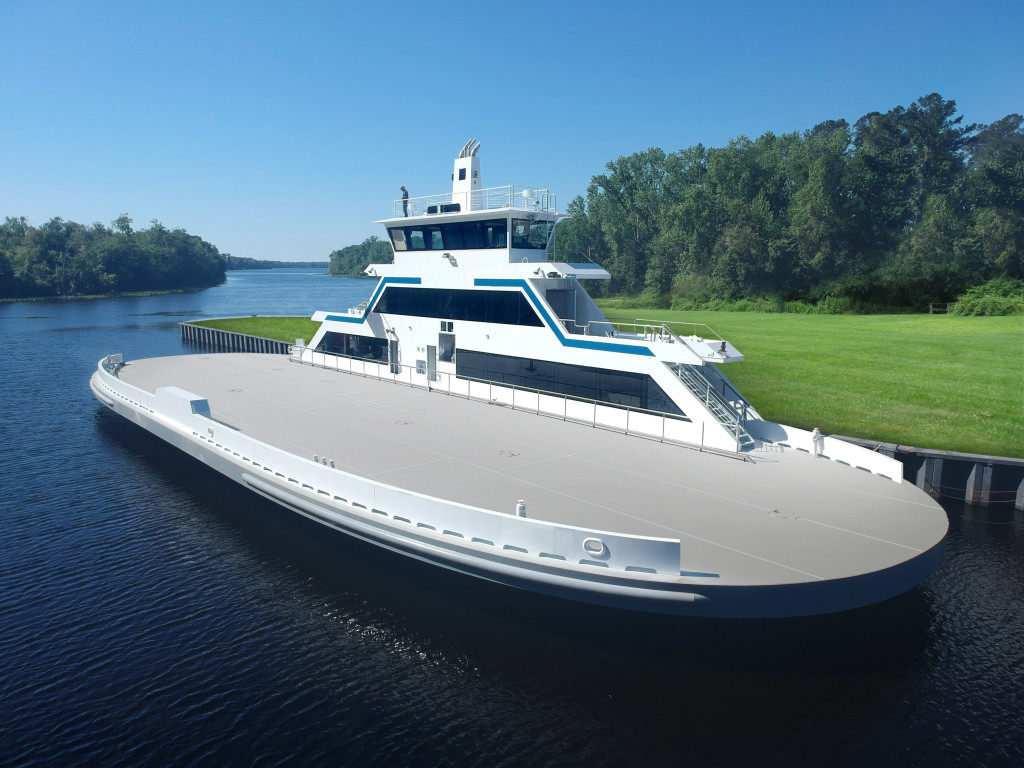A commercial hull policy can sometimes resemble an action-packed maritime novel: Covered perils of the sea can include men of war, pirates, letters of mart and detainments of all kings. These are just some of the terms you might read there. But what about when you simply have a problem with your engine? This may or may not be covered.
A hull policy is a named peril policy, meaning unless something is a stated peril − written right there in the policy − it is not covered. That said, a hull policy still provides rather broad coverage. There are always exclusions. For example, wear and tear is not a covered cause of loss. But you should be aware of two coverages found in a hull policy: Latent Defect and Negligence of Repairers.
- Latent Defect is defined as a flaw in material existing at the time of the building of the vessel or machinery not discoverable by ordinary methods of testing. While the expense of replacing the broken part is excluded, the ensuing damage can be covered.
- Negligence of Repairers is another peril which can provide important coverage. If you have a repair to your vessel’s engine – and it fails – then you may have coverage. For example, an insured had a high-pressure fuel line fail repeatedly on his engine. An investigation determined that during a previous repair job, the repairer had not installed the proper number of clamps recommended by the manufacturer. This produced excessive vibration and eventually stress fractures. The client was relieved on two counts. First, he had found out why he was repeatedly blowing fuel lines, and also that he now had a covered cause of loss. Aside from the repair being covered, he could also claim loss of use from the cancelled charters that he suffered.
Claims come in different sizes and varieties. Don’t be hesitant to give your agent a call to discuss what is going on with your vessel. While it may initially appear that there is no coverage, some investigation into the root of the problem can often yield positive results.




